Geislinger Str. 6
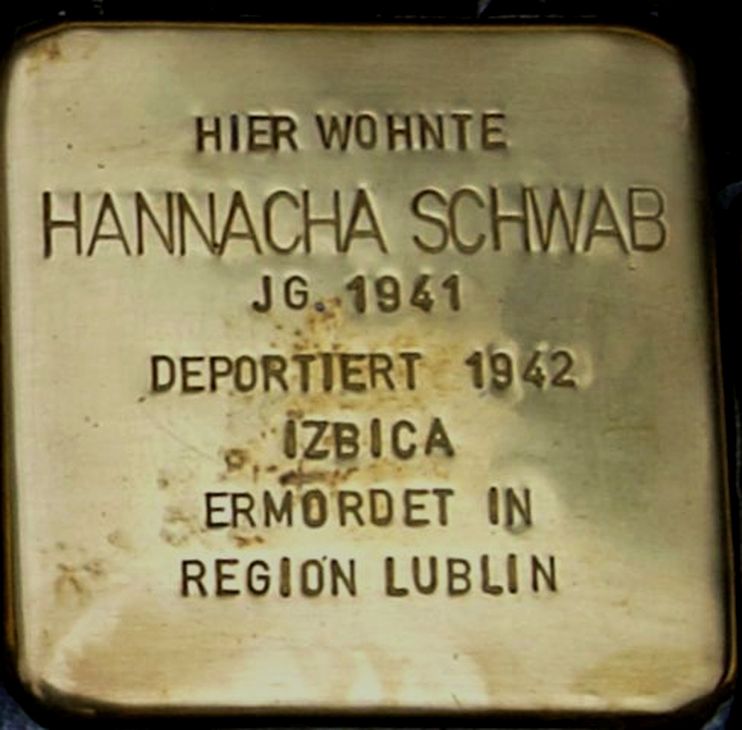
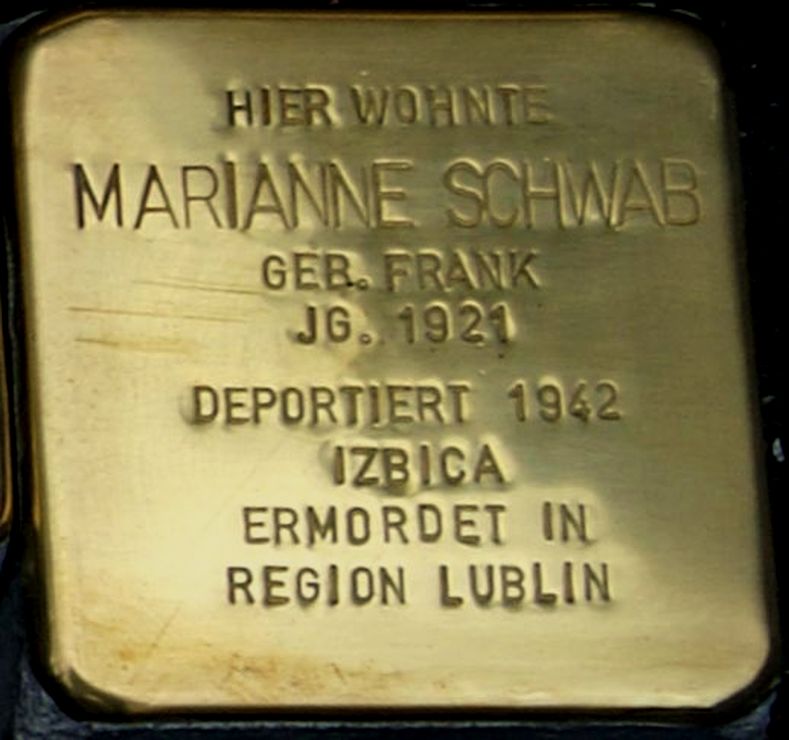
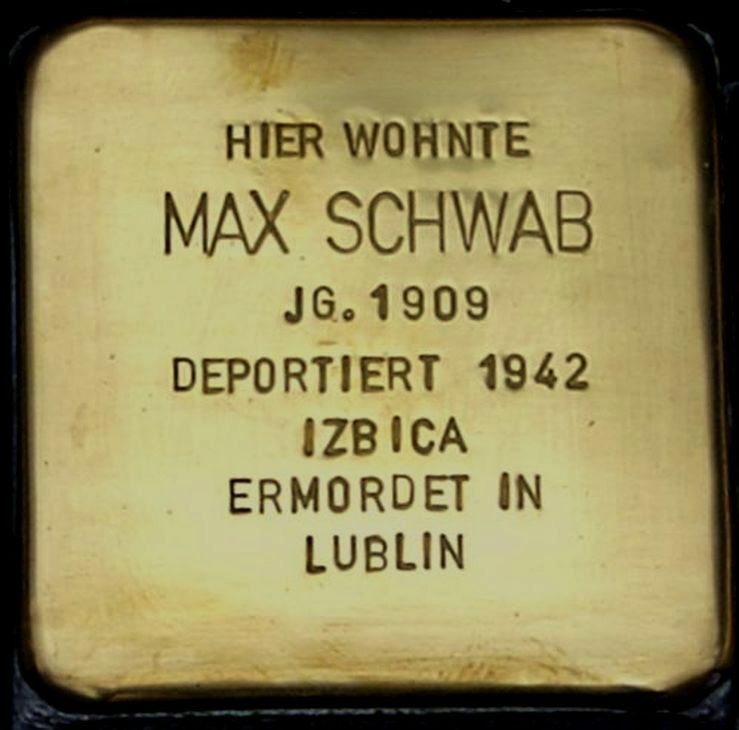
The following talk was given by Peter Conrad on the occasion of the laying of Stolpersteine on September 19, 2012. Mr. Conrad comes from Marianne Schwab’s community and has been researching on the fates of the Jews in Rodalben.
I want to start my talk with a quotation from a poem by Nelly Sachs:
/World, one has thrown the little ones like butterflies, /
Beating their wings into the flames.” /
The story of Marianne, Max and their only 13 months old daughter Hannacha Schwab is a sad, a horrible story, and a story of the utmost, most brutal inhumanity which does worry me.
Izbica l
In the autumn of 2005 I took a train from Lublin to Izbica. I wanted to know where Max Schwab, his wife Marianne, nee Frank and their little daughter Hannacha had been taken from Göppingen and where exactly they had been murdered.
The train had just crossed the village, which must have been Izbica … and stopped in the open, maybe a hundred or two hundred metres from the last houses. I opened the door – and jumped down into the grass. No station, nothing, only an old shack falling apart. Izbica. A small hole in the east of Poland. Nothing more.
But in the Third Reich that had been a so-called transit ghetto.
There is evidence from survivors from the sixties and seventies. One of them had told:
“As for your request concerning the probable time of death of the deported I can notify you that the supposed time is correct. I have questioned witness Thomas Blatt, born April 15, 1927 in Izbica … His father had been the Judenobmann (elder of the Jews) in Izbica for some time. The witness has told me that after the actions at the end of October / beginning of November 1942 only a few native Jews had managed to go into hiding, the ones who for the most part were taken to the destruction camp Sobibor in April 1943. None of the Jewish citizens from Germany had escaped during the actions according to the witness.”
Another one says:
“In spring 1942 there was general talking about the imminent “Aussiedlungsaktion” (“resettlement action”). It could have been between April and May. Then I tried to go into hiding somehow. Maria Romas, a Polish woman I knew, suggested hiding at her place (…) one night I heard shooting and shouting from the street. Together with Maria Romas and my sister, who also was hiding there, we went to the window and saw long lines of people who were driven along the road. The people were beaten and shot at. Among the shooting people I recognised clearly: Engels, Ludwig Klemm, Ukrainians and some eight Germans in civilian clothes among others Schulz, Bauer, Rieger and others. The loading onto a goods train lasted from 10 in the evening till 4 o’clock in the morning (10 p.m. to 4 a.m.). On the way and on the platforms there were many dead and wounded people. I saw how children who were left without a guardian were shot on the spot. (…)”
Thomas Tovi Blatt wrote in his book ‘Only the shadows remain, the uprising in the destruction camp Sobibor‘:
”A few days later, towards 10 in the morning, the people outside ran wildly around and shouted that Engels and Klemm were just about to kill any Jew that came across them. Between a few seconds the streets were empty. Only the two swastika-tyrants could be seen. Laughing they entered the houses and shot around, killing even babies in their cots, just for fun (…)”
And somewhere else he wrote:
”It was June 1942. Another ‘Akcja’ – and this one was completely different from the preceding. This time the SS marched into the building of the Judenrat (Jewish council) and delivered an ultimatum: “All people below 15 and above 55 have to gather in the marketplace, otherwise they will be shot.” The transport was scheduled to leave at 2 p.m.
Gradually the square filled with a strange crowd. On one side there were children, behind them only old people. The worst sight were the many babies in blankets, next to them some old women that guarded them. Above all there were mothers with their children. The little ones seemed to grasp what was happening, the horror could be seen in their faces.
It was horrible. The weeping of the children was mixed with the lamentations of the parents and the loud prayers of the older Jews: -Schema Israel, Adonai Eloheinu, Adonai Echad!” (…)”
The Schwab Family in Göppingen
In 1923 Victor Schwab of Haigerloch who later managed to emigrate to New York had founded an oil- and fat wholesale company in Vordere Karlstraße 38. His wife, Emilie Schwab, the Christian née Nill, who worked as an accountant with him said years after the war among others about the firm of her husband: “We had another office Clark, three travelling salesmen, a chauffeur and a storekeeper.”
Max, a half-brother of Victor’s, born October 9, 1909 in Haigerloch, had had a training as a salesman from 1926 and started possibly before his removal to Göppingen in August 1932 working in his brother’s firm. Very probably he was one of the travelling salesmen.
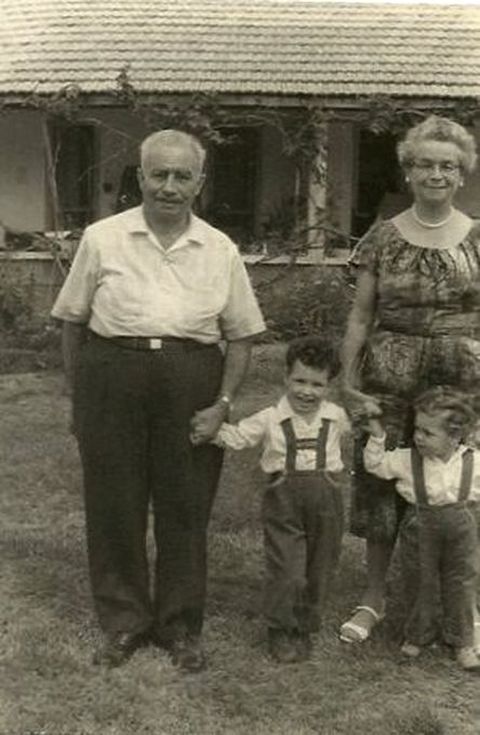
Besides Victor there were two more half brothers to Max:
Kurt who escaped to Nebraska and Jakob who was deported together with his wife Paula from Wiesbaden to Sobibor on June 10, 1942 and who was murdered there. The only natural brother of Max, Herbert (later Naftali) emigrated to Israel.
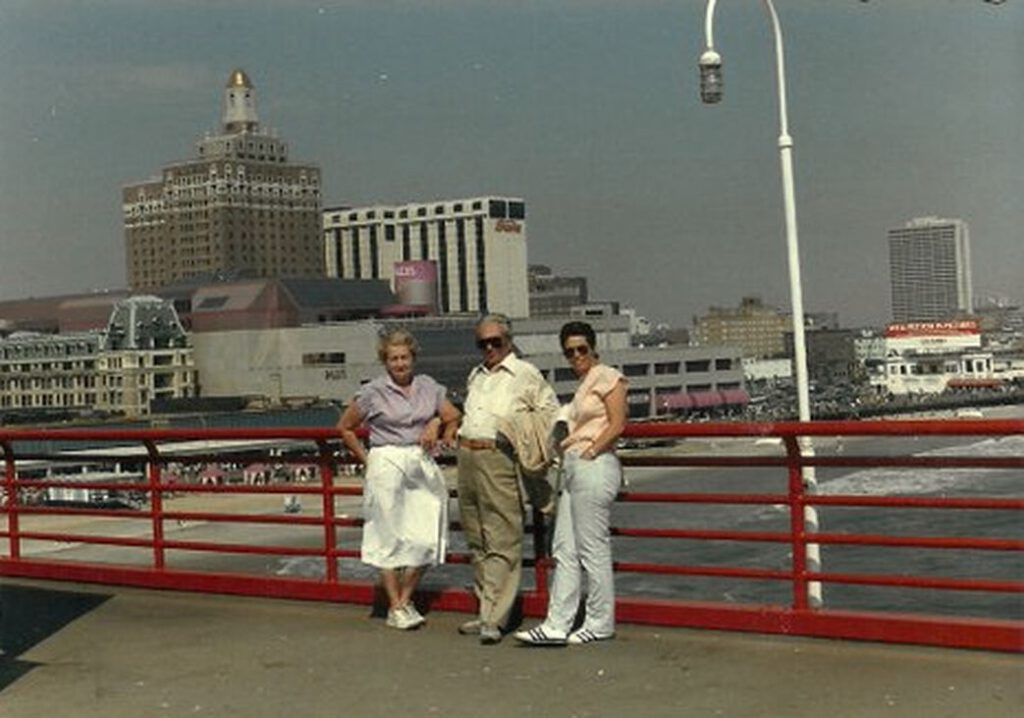
Their common father Aron Schwab, born 1858, was a dealer in cattle in Haigerloch. He died in December 1928. He was married three times, first from 1895 with Thekla Weil up to her death, then from 1907 till 1915 with Hannchen Levi, the mother of Max, who died when Max was just five; and finally with Luise Lion who had survived her husband and who took her life on August 16, 1942 in Haigerloch one day of her deportation.
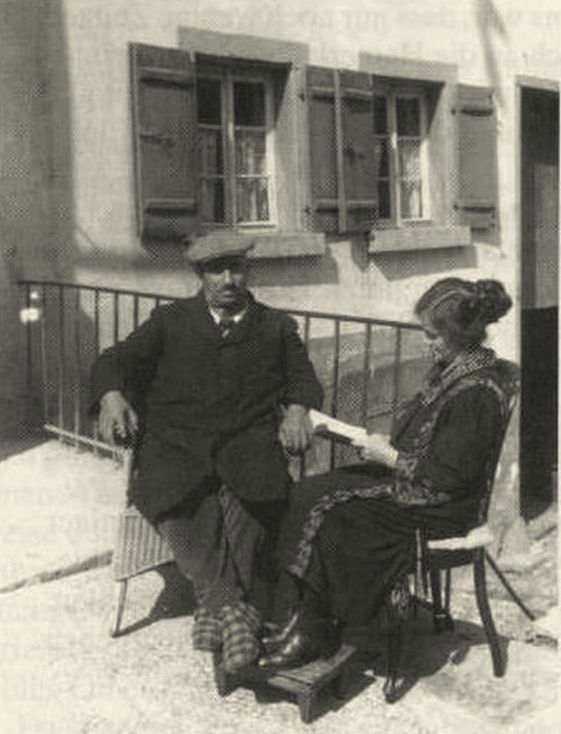
At the funeral of Aron Schwab the former Jewish teacher Gustav Spier said among others:
”Even our community is mourning for him. The loyalty which he stood for was shown in his belief, his demands and rules he wanted to live up to. He stuck to them even in his sick days and he was dedicated to his honorary task as a lector on the afternoon of Yom Kippur. Only with a lot of effort he could be persuaded not to take up the task of his office on Yom Kippur once again.”
So we can assume that Max was raised in a parentage of believers. Guesses, not securities which I am about to utter.
What do we know about him? What do we know about his life in Göppingen?
In short there is a short version as it is mentioned in the file for restitution after the war:
From April 1, 1938 to October 25, 1938 he worked in Victor Schwab, Göppingen.
From October 26, 1938 to November 12, 1938 at Netter & Eisig, Göppingen.
From February 13, 1939 to November 9, 1939 again in Netter & Eisig, Göppingen. The time between his first and second employment with Netter & Eisig is the time when he after the Pogromnacht had to spend at the Concentration Camp Dachau (his number as a prisoner was 25105). From December 16, 1939 to February 16, 1942 he worked in the `aryanised´ Kaliko works derived from Netter & Eisig in Göppingen. Finally from February 17, 1942 to March 28, 1942 he was doing forced labour in the factory Friedrich Bader in Süßen (as far as we know not in Süßen but in the Eislingen branch). For less, for ever less money.
Marianne Walks into the Life of Max
Max Schwab, the member of the Zionist Community, Göppingen branch, married in Göppingen on November 22, 1940 Marianne Frank born in Rodalben in Palatine October 31, 1921. Marianne’s father was an entrepreneur in shoes, Heinrich Frank, born March 6, 1878, her mother Lina died as early as 1930. Marianne, who was called “Nane” by her Jewish friends, had a sister called Rosa, one year older than her.
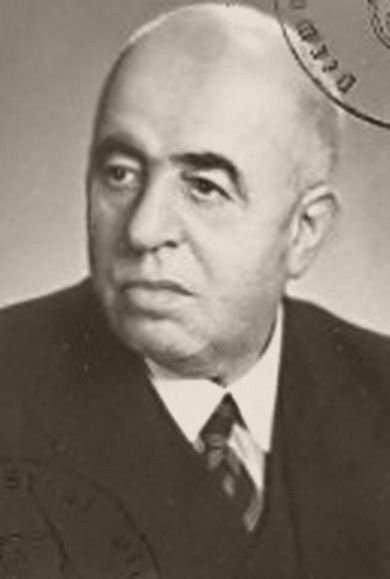
Marianne’s father, in 1932 deputy chairman of the Jewish community in Rodalben, was said to be a quiet, industrious person. On September 6, 1931 he married Flora Kahn, born in November 8, 1894 in Rhaunen so that his girls would have a mother again.
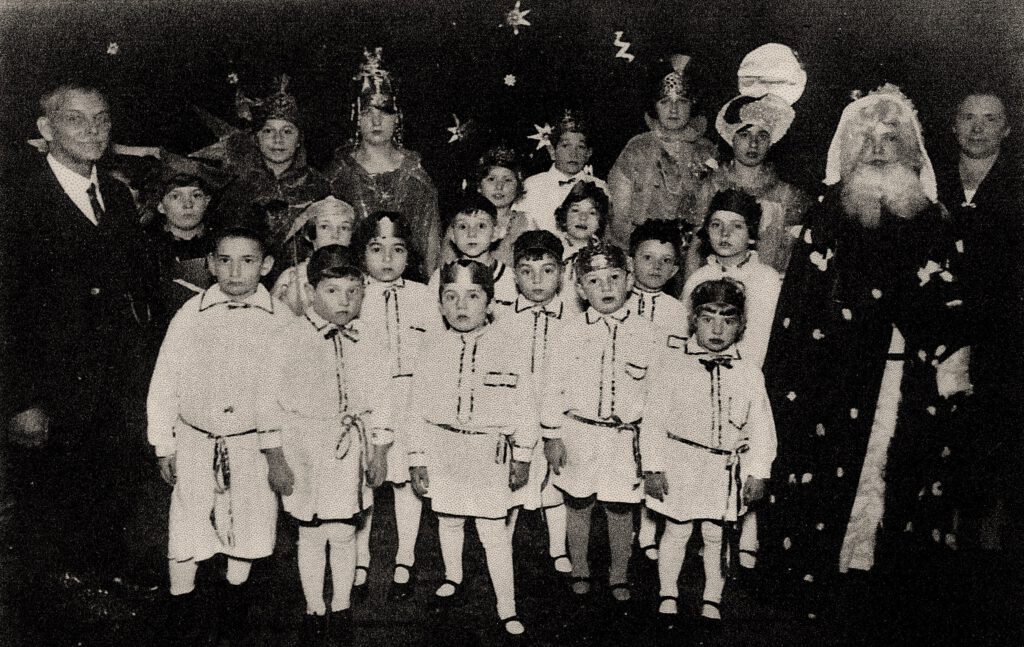
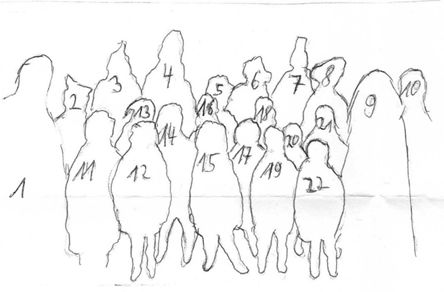
Nr. 2: Fred Samuel
Nr. 6: Hans Baer
Nr. 11: Hugo (Herbert Heinrich) Baer
Nr. 12: Rudi Metzger
Nr. 22: Henny (Henriette) Metzger
See Stumbling Stones Metzger/Baer
Why Marianne Frank came to Göppingen on November 4, 1938 is not clear.
Relatives apparently were not present. Possibly she had been offered a job in a Jewish household. Her parents and her sister later followed her to Göppingen. And more relatives were to follow (Family Katz).
On December 31, 1940 Marianne’s father died. According to the obituary written by Max Schwab the causes of his death were “heart and lung asthma, bronchitis, inflation of the lung, heart and circulatory problems.”
As a matter of fact it is known that Heinrich Frank was an asthmatic. In his family tradition his death is described completely different. I quote: “When the deportations started, he (meaning Heinrich) was in hospital to be given an injection that would save him from all the suffering. It was a so-called euthanasia (death of mercy)”, some years ago Professor Mike Zank wrote to me, son of Rosel Koch who was one of the few survivors from Marianne’s closer family. Heinrich Mann’s grave is to be found on the Jewish part of the Göppingen cemetery.
Hannacha
On March 28, 1941 here in Göppingen Hannacha Schwab was born, the daughter of Max and Marianne. A youth friend of Marianne told me that Hannacha in Hebrew has a beautiful meaning: “to rest”.
As a matter of fact Max and Marianne had only little choice in naming their daughter as on January 1, 1939 the “second order to enforce the Law on the changing of family and first names” came into force which prescribed (German) Jews which first names could be given to their new born children. Hannacha was one of them.
I have asked myself how desperate the hopes of Max and Marianne must have been, which had been accompanying that pregnancy preceding that birth – then in 1941, a year in which according to statistics in the volume by Paul Sauer The fates of Jewish citizens of Baden-Württemberg during the time of Nazi persecution 1933 – 1945, Stuttgart 1969`that only three Jewish children in all of Baden-Württemberg saw the light, the so-called light of the world. I do not know. I cannot grasp it. I have not found an answer.
The Deportation
Almost one year after Hannacha’s birth the small family was deported, only a few months after the deportation of Marianne’s sister Rosa and their stepmother Flora, who were deported to Riga from Göppingen in November 1941 and who had last been heard of in October 1944 in relation to their arrival in Stutthof, the concentration camp near Danzig.
In the leaflet ‘The deportation of the Göppingen Jews, Göppingen 2001’ Dr Rueß writes:
”On April 26 the second deportation train with almost 300 Jews left Stuttgart, this time the destination was Izbica near Lublin in the “Generalgouvernement Polen”. The seven people from Göppingen who were listed in the deportation list had to go through the same procedure like in the previous November (…) Off to the journey into the unknown embarked the married couple Frida and Simon Oppenheimer, the married couple Marianne and Max Schwab with their 13 months old daughter Hannacha, Sofie Simon and Therese Wassermann.”
“The Göppingen police officer August Zorniger who had to guard the group during the train ride this time and to hand it over to the SS on the Killesberg, was witness of particularly brutal incident when SS officers threw the one year old child of the Schwab family “like baggage to a heap of baggage”. Zorniger protested and was told that he was no police officer. When he returned to Göppingen his office had already been informed about this incident and he was challenged because of his statement at Killesberg. The 57 year old consequently asked for being pensioned from the Schutzpolizei where he had been from 1919 till 1942.”
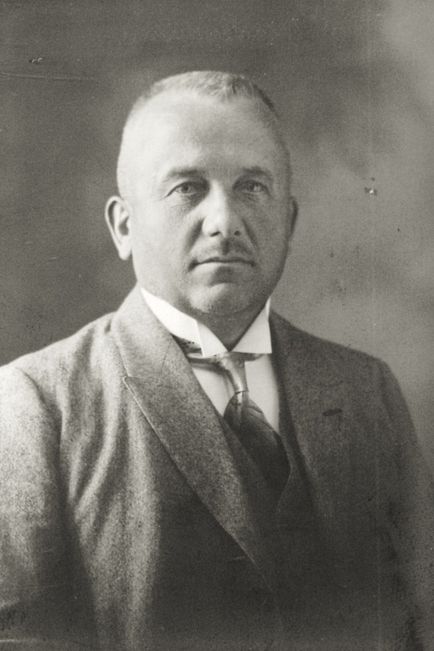
In the (complete!) personal file in Landesarchiv Ludwigsburg /”EL 50/ 3369, Zorniger, August”/ there is not a single word of the incident as it was described by Zorniger, so that I ask myself whether Zorniger, with the help of his statement, had just tried to avert attention from himself. And whether this happening around Hannacha really took place.
Izbica II
The train with Marianne, Max and the little Hannacha passed Lublin where Seppel Koch, a cousin of Marianne then had to do forced labour. He was deported from Mainz on March 20, 1942, together with his parents, as well as Marianne’s uncle Heinrich and her aunt Frieda Koch, who had to spend her last days in Piaski, another transit ghetto very close to Izbica. When Seppel Koch was at a physical down, could not be used to work, so he was transferred to the concentration camp Majdanek where he died September 2, 1942.
A last sign of life
”Among the deported of the second deportation there was also my sister Therese Wassermann. I have not had a sign of life since her deportation from Göppingen on April 24, 1942. Only Frau Marianne Schwab who was on the same transport, wife to Max Schwab, wrote to me from near Lublin a postcard. I answered this postcard and asked her about the whereabouts of my sister Therese. Since that time I have heard anything neither from Frau Schwab nor from my sister,” said Mrs. Lina Munz who survived the holocaust after the war.
Nobody has heard anything – of Max, Marianne and Hannacha Schwab. Nobody.
“World, one has thrown the little ones like butterflies, Beating their wings into the flames.”
On November 20, 1940 Susi Zitter, a Jewish woman from Göppingen, wrote to her sisters who had fled to England:
“The only news is that Marianne gets married to Max Schwab on Friday. They come from our neighbourhood where they live with the Rosinbergs.”
That was in Geislinger Straße 6. And for that reason we set the Stolpersteine here on this spot.
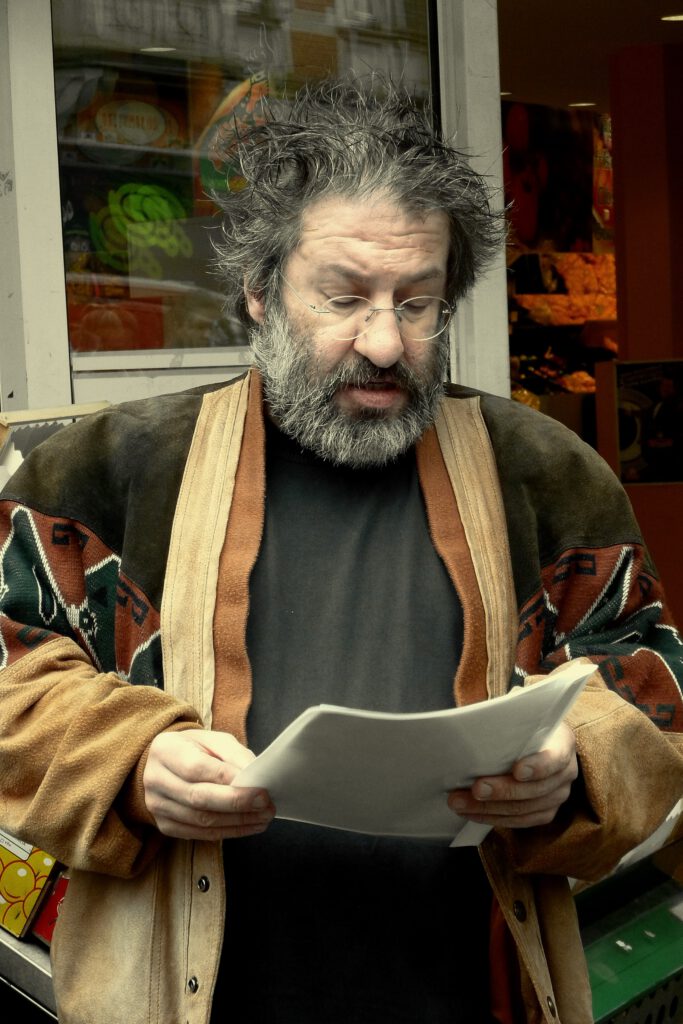
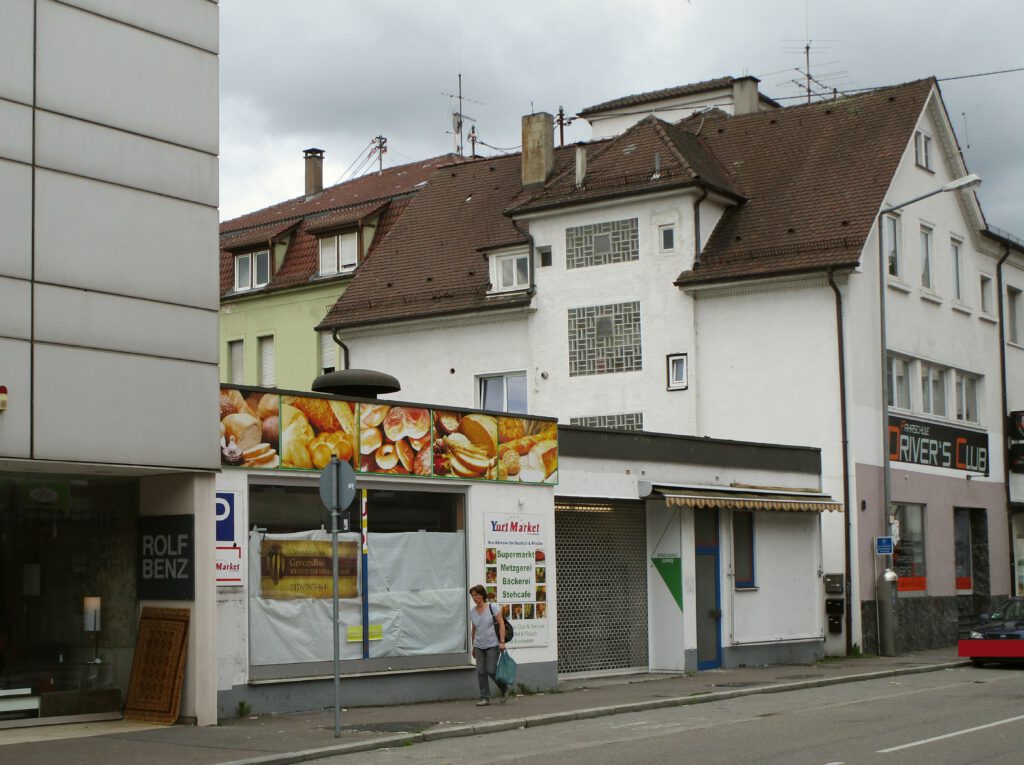
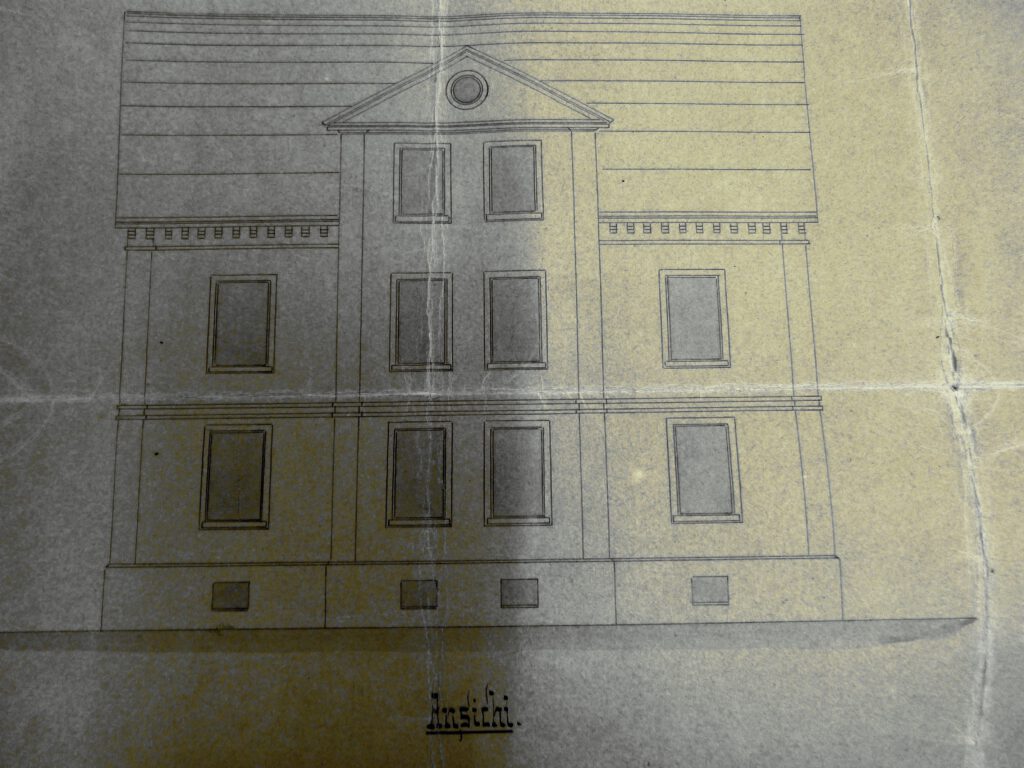
In the meantime it was possible to come into contact with descendants of Herbert Schwab, a brother of Max Schwab. Mrs. Margalit Weiss and Mrs. Edna Sagee are living in Israel. We thank them a lot for the photos of Victor Schwab.
(24.07.2017 pc/kmr/pr)













Leave a Reply